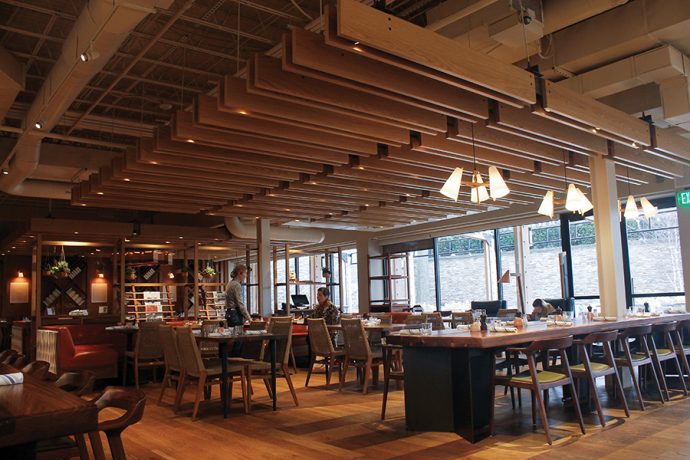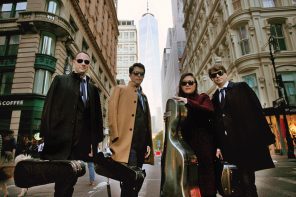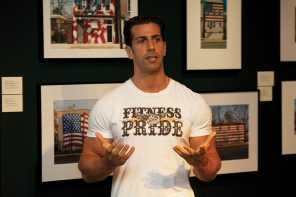On a winter day at The Kitchen — the restaurant that’s a hotspot at Barnes and Noble’s concept store in Eastchester — Iona College senior Devon Grimm is hard at work on her graduate school application essay, fueled by the de rigueur student breakfast, a yogurt parfait and a large iced coffee.
She could be writing at home or at one of Iona College’s two libraries. Indeed, she’s done both. But there’s something about creating in a café.
“Maybe it’s like a different atmosphere,” says Grimm, who plans to become a speech pathologist. “It makes you want to do work.”
At home in Yonkers, Grimm might be chatting with a friend — or two. “Here I don’t know anybody.”
There’d be no chatting in the library — shhh! — but neither would there be any eating except in certain designated areas.
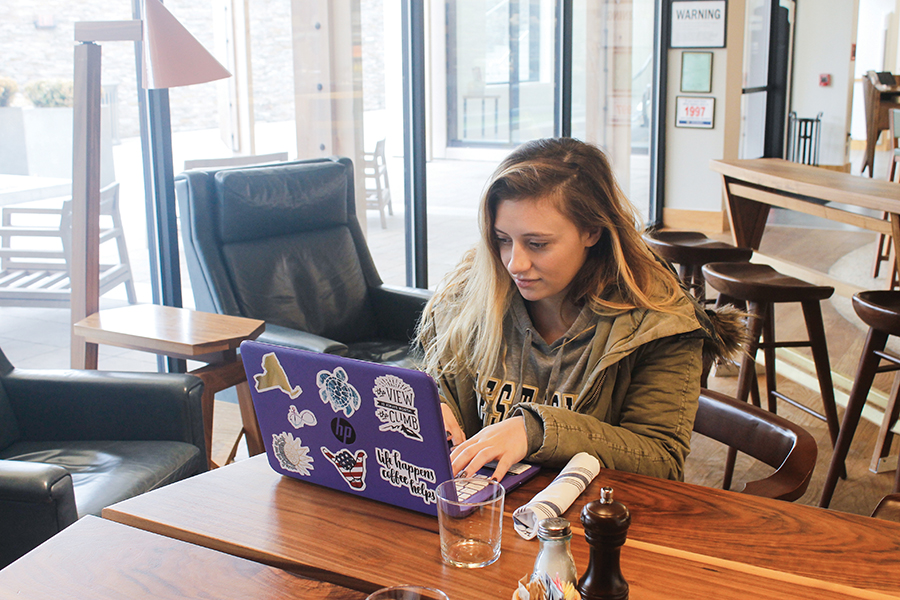
Whereas at Barnes & Noble, Kitchen hostess Mary Cullimore says, “the whole environment is conducive to writing, reading and eating as well.”
Numerous students, academics, writers and artists agree. They not only throng the communal tables at The Kitchen, particularly on the weekend, but they haunt various Starbucks locations and restaurants where, to quote the “Cheers” theme song, “everybody knows your name.” (Yours Truly is among those who love nothing better than dining with their sketchpads, journals and laptops.)
Why do we do it? Perhaps for the paradox of being in a place where food marries food for thought, where you are a part of and not just apart from.
Immersed as they are in their solitary creativity, artists of every ilk have long sought the conviviality of café society, often to feed that creativity. Think of Pierre Auguste Renoir painting his friends on the terrace of the Fournaise de Chatou restaurant outside Paris in “Le Déjeuner des Canotiers” (1880-81).
“Meals were chaotic,” a journalist wrote in “La Vie Moderne.” “Glasses were filled and then emptied with dizzying speed, the din of voices intermingled with the clatter of forks and knives in their raucous dance on the plates.” (“Renoir’s Table,” Simon & Schuster, 1994).
Impressionists like Renoir and the Postimpressionists haunted cafés, perhaps none more poignantly than Vincent van Gogh. In “Van Gogh’s Table at the Auberge Ravoux” (Artisan, 2001), Alexandra Leaf and Fred Leeman write that the inn, in the artists’ village of Auvers-sur-Oise, 22 miles northwest of Paris, was for Van Gogh “the last café in a lifetime spent searching for what cafés offered. In them he could find the replacement for the family he never had. He could find a place filled with life in the shadow of his own isolation.”
In the 38 places he lived in across four countries in his 37 years on this earth, Van Gogh would paint the repasts, the interiors and the exteriors of cafés but especially the solitary, contemplative individuals who mirrored his isolation.
“Lonely,” or at least “alone,” is the last word you would use to describe the Algonquin Round Table — a group of literary and theatrical wags that met daily at Manhattan’s Algonquin Hotel, first at a rectangular table in the Pergola/Oak Room and then at a round table in the Rose Room, for a meal and a game of verbal one-upmanship from 1919 to 1929. Originally dubbed “The Board,” the “Luigi Board” (after Luigi, the long-suffering waiter assigned to them) and then “The Vicious Circle,” the Round Table got its name from a cartoon by the Brooklyn Eagle’s Edmund Duffy that showed them seated in armor around such a table. Members like writer Dorothy Parker, playwright Charles MacArthur, movie star Harpo Marx and critic Alexander Woollcott didn’t get any work done. But the barbs they traded often found their way into the newspaper columns many of them wrote (and inspired the 1994 film “Mrs. Parker and the Vicious Circle.”)
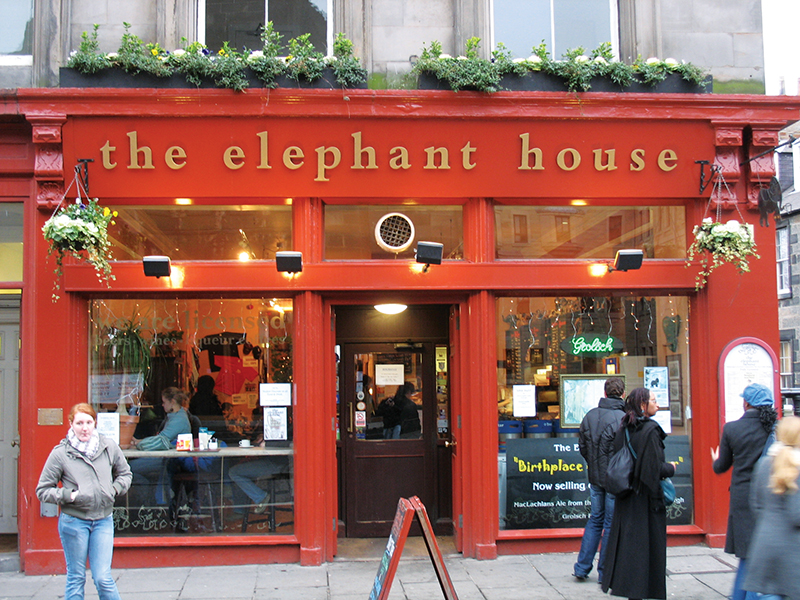
Years later, when time had thinned the Round Table’s revolving membership and relationships and dimmed its luster, Parker would turn her sharp tongue on the group itself:
“These were no giants. Think who was writing in those days — Lardner, Fitzgerald, Faulkner and Hemingway. Those were the real giants. The Round Table was…just a bunch of loudmouths….”
Ironically, while the Round Table members were twisting their dinner knives into one another, novelists F. Scott Fitzgerald, Ernest Hemingway and John Dos Passos and poets Ezra Pound and Archibald MacLeish were among those literary artists taking the full measure of one another in the cafés of Paris’ Montparnasse section. There Fitzgerald and Hemingway first met each other (at Le Dingo), with Fitzgerald drinking himself into oblivion, and Hemingway partly set what is perhaps his greatest novel, “The Sun Also Rises” (at Le Select). No doubt he recognized the great challenge of being at home in café society — balancing being part of with being apart from. At some point, you have to work.
Perhaps it takes necessity, the so-called “mother of invention,” to put the spur to the artist. Few in our own time have understood this better than the woman behind the Harry Potter phenomenon, J.K. Rowling. She was an unemployed single mother when she wrote “Harry Potter and the Philosopher’s Stone,” the first book in the Potter series, at several cafés in Edinburgh, including the former Nicolson’s Café, which was owned by her brother-in-law, and The Elephant House.
She wrote at these, she has said, because her daughter Jessica, then a baby, would fall asleep on the stroll there. Ordering an espresso and a glass of water, she’d write longhand, spinning a world within a world.
Even after she became rich and famous, Rowling told The Telegraph in 2007: “Writing and cafés are strongly linked in my brain…I like physically shuffling around with papers, and you don’t have to break off and go in the kitchen to make coffee.”
Who knows? Maybe the next Rowling is sitting at The Kitchen now, hunched over her laptop, saying, “another espresso, please.”

